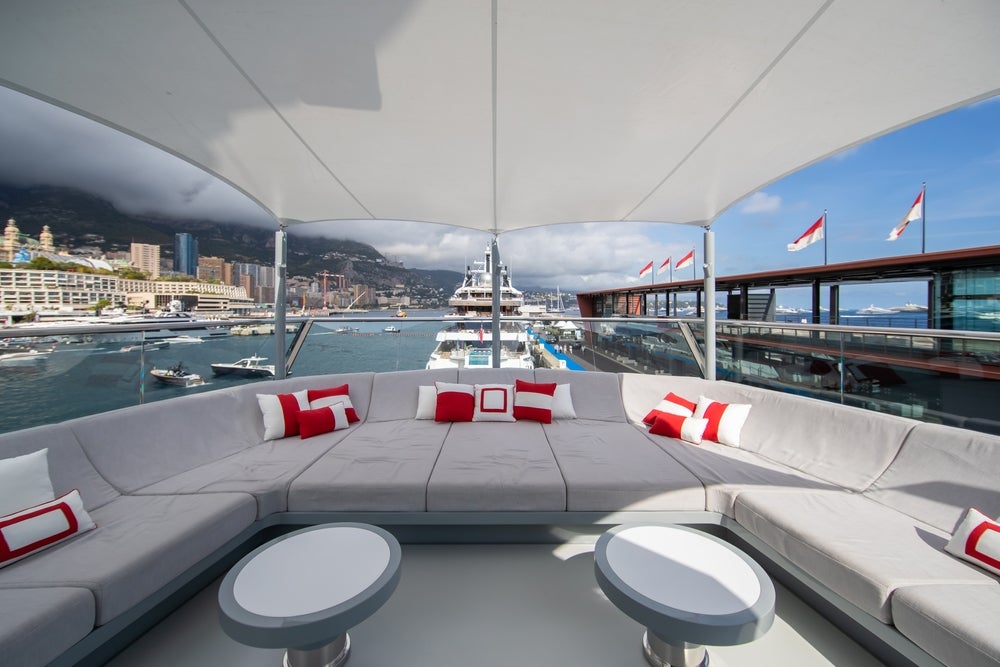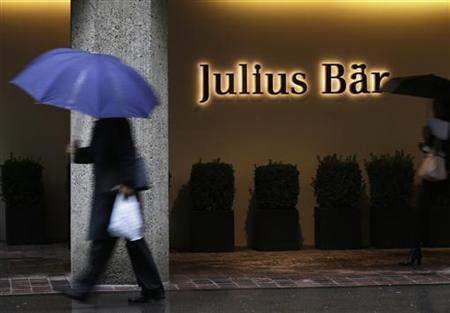
The cost of living has increased for all consumers over the past 12 months as a whole due to inflation. According to Julius Baer and its research, even the wealthy are being affected.
The average cost of Julius Baer’s Lifestyle Index has climbed by 13% in local currencies, but only by 6% in US dollars.
This is mostly caused by the continued high rates of global inflation as well as the rising costs of labour, energy, gasoline, and raw materials, according to Julius Baer’s Wealth & Lifestyle Index 2023.
In addition, consumer demand has sharply grown due to delayed demand from the pandemic.
The Julius Baer Lifestyle Index, which examines the price of a basket of products and services that is typical of “living well” in 25 locations throughout the world, is the basis for the city rating.
It gives a general idea of how much it costs to maintain a high-net-worth lifestyle in different major urban areas.
How well do you really know your competitors?
Access the most comprehensive Company Profiles on the market, powered by GlobalData. Save hours of research. Gain competitive edge.

Thank you!
Your download email will arrive shortly
Not ready to buy yet? Download a free sample
We are confident about the unique quality of our Company Profiles. However, we want you to make the most beneficial decision for your business, so we offer a free sample that you can download by submitting the below form
By GlobalDataRegional results
Asia continues to dominate as a hub of wealth and luxury as well as a key driver of the world economy.
Overall, six Asian cities increased in the rankings, while four fell; seven European, Middle Eastern, and African (EMEA) cities declined, with only one increasing (Dubai); while four American cities rose, and one sank.
Even though there has been a lot of change over the last three years, the top ten global city rankings are now among the most equally distributed in the report’s history.
In addition to the American recovery, Europe and the Americas are also competing for second place as Asia dominates the top three spots and surges ahead.
Singapore tops the Lifestyle Index for the first time, with Shanghai, who took first place last year, and Hong Kong coming in second and third, respectively, to complete an all-Asian podium.
The only other Asian city in the top ten is Taipei, which is ranked eighth.
EMEA is the cheapest region in which to live well for the first time since the report’s inception, with European cities in particular falling down the rankings.
London, which was ranked second last year, falls to fourth, and, with the exception of Monaco, which remains in sixth place, Britain’s capital is the only European city in the top ten.
Dubai climbed the rankings to the 7th spot, pushing Zurich down to the 14th spot it had held.
New York moves up eight spots to fifth rank in the Americas, Miami moves up eight spots to tenth, and Sao Paulo, a Brazilian city, enters the top ten for the first time at ninth place.
This year’s new addition to the Index, Santiago de Chile, is listed in position 23.
Due to the economic growth of both North and South American urban areas, the Americas have surpassed EMEA as the second-most expensive region to live well.
Lifestyle Index
Luxury cars, hospitality services, and in-demand, high-end consumables like wine and whisky all experienced the biggest price rises.
The market for travel and leisure has grown significantly, which has resulted in price rises for everything from hotel suites to business class flights to fine meals.
The impact of rising energy, raw material, and labour prices is seen across the board in price fluctuations for both commodities and services in the Index.
Every industry, company, and consumer are experiencing a strain on their purchasing power as a result of inflation, currency swings, and persistent supply chain instability.
Christian Gattiker, head of research, Julius Baer, said: “Price rises in premium goods and services underpin the case that wealthy consumers need to achieve a high single-digit investment return in US dollar terms to preserve their wealth. These findings also support the insight that solid currencies and, in particular, assets denominated in such currencies (e.g. the US dollar or Swiss Franc) can help to weather these storms and secure a healthier, wealthier future.”
Findings on lifestyle
This year’s Lifestyle Survey has been widened to include North America, Singapore, and Qatar, and it covers more in-depth questions about health and wellness, sustainable practises, and financial challenges.
Overall, it reveals that having wealth has more to do with physical health, freedom, and security than it does with financial health, freedom, and security.
Health was regarded as one of the top objectives by respondents who had survived the pandemic.
All have been addressed, including better nutrition, scheduling time for rest and relaxation, and upping physical activity levels.
HNWIs don’t necessarily wish to stay at home and take care of their families and health.
They, like everyone else, are ready to have fun after being restricted in what they can do and where they can go for a number of years.
This translates to a rise in the demand for amusement, hospitality, and social events, which is supported by rising costs as measured by the Index.
HNWIs all around the world are moving again now that travel restrictions are no longer a concern. Travel, both for pleasure and business, is on the rise, and respondents are spending more money on flights.
Another notable finding from the Lifestyle Survey is that a growing number of HNWIs across all regions now value sustainability and other environmental, social, and governance (ESG) factors when making investment decisions.
Finally, across all regions, at least 25% of respondents said they increased their investment during 2022 compared to the previous year.
Additionally, a sizeable percentage increased their spending over the previous year.
This suggests that even the wealthy are not immune to growing living costs and are using newly acquired capital.







